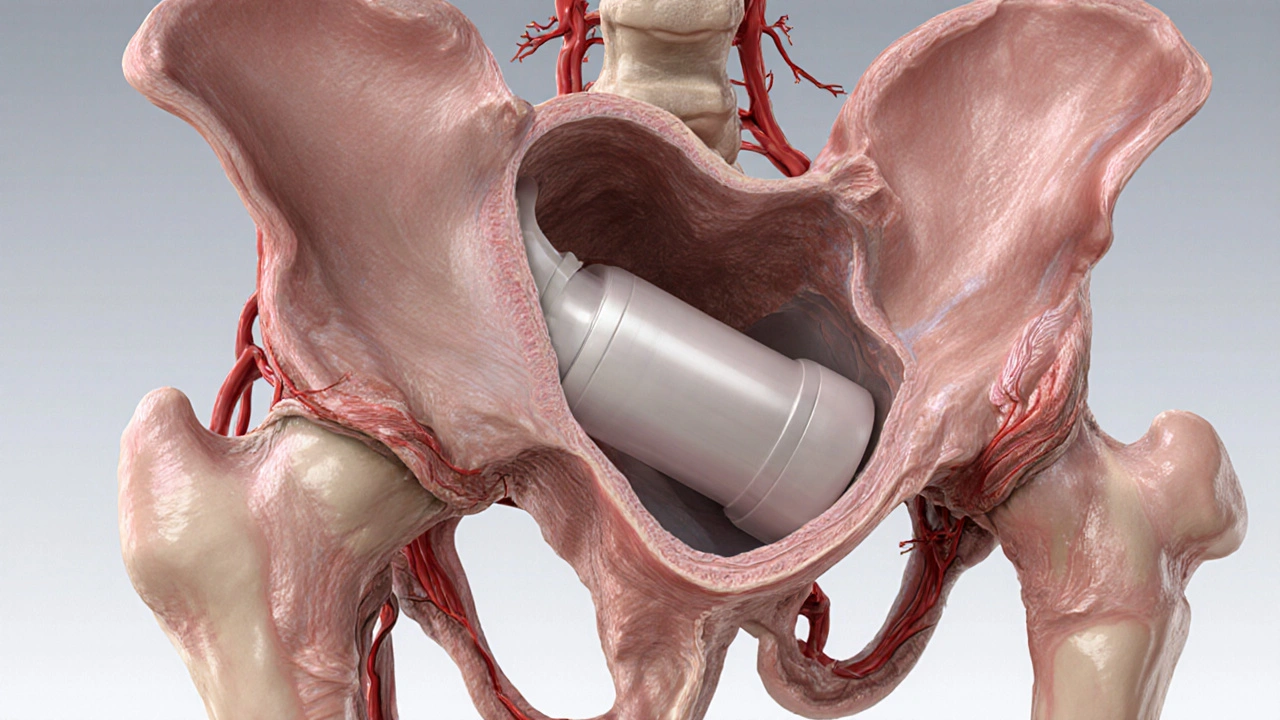
Penile Surgery for Prosthesis Complications: When and How
Explore when and how penile surgery addresses prosthesis complications like infection, erosion, and mechanical failure, with clear steps, approaches, and post‑op care.
When dealing with prosthesis erosion, the gradual wearing away or breakdown of an implanted medical device such as a joint replacement, patients often wonder why it happens and what can be done. Prosthetic joint infection, a bacterial invasion around the implant that can accelerate material loss is one of the most common triggers. Another key player is metallosis, the release of metal particles into surrounding tissue, causing inflammation and corrosion. When either of these conditions occurs, the body may need surgical revision, a corrective operation to replace or repair the damaged prosthesis, often followed by targeted antibiotic therapy, medication designed to eradicate infection and prevent further erosion. Understanding how these entities interact helps you anticipate the steps needed to protect your implant.
Prosthesis erosion encompasses several interconnected issues. First, infection creates an environment where bacteria release enzymes that degrade implant surfaces, a direct link that requires prompt medical attention. Second, metallosis influences erosion by causing tissue irritation and weakening the metal alloy, often leading to premature loosening. Third, the mechanical stress of daily activities can exacerbate wear, especially when the implant material is already compromised by infection or metal debris. These relationships form a chain: prosthesis erosion → prosthetic joint infection → metallosis → surgical revision. Recognizing each link lets clinicians choose the right diagnostic tools, such as imaging for wear patterns or labs for infection markers, before the problem escalates.
Managing prosthesis erosion usually starts with a thorough assessment to pinpoint the dominant cause. If infection is confirmed, doctors prescribe a specific course of antibiotics, sometimes supplemented by surgical debridement to clean out infected tissue. When metallosis is the primary issue, the implant’s material may need replacement with a more corrosion‑resistant alloy, making surgical revision unavoidable. In both scenarios, post‑operative care focuses on wound healing, infection monitoring, and gradual return to activity to avoid overloading the new device. The articles below dive deeper into related medications, treatment protocols, and real‑world tips, giving you a practical roadmap whether you’re facing a mild wear problem or a complex revision surgery.

Explore when and how penile surgery addresses prosthesis complications like infection, erosion, and mechanical failure, with clear steps, approaches, and post‑op care.